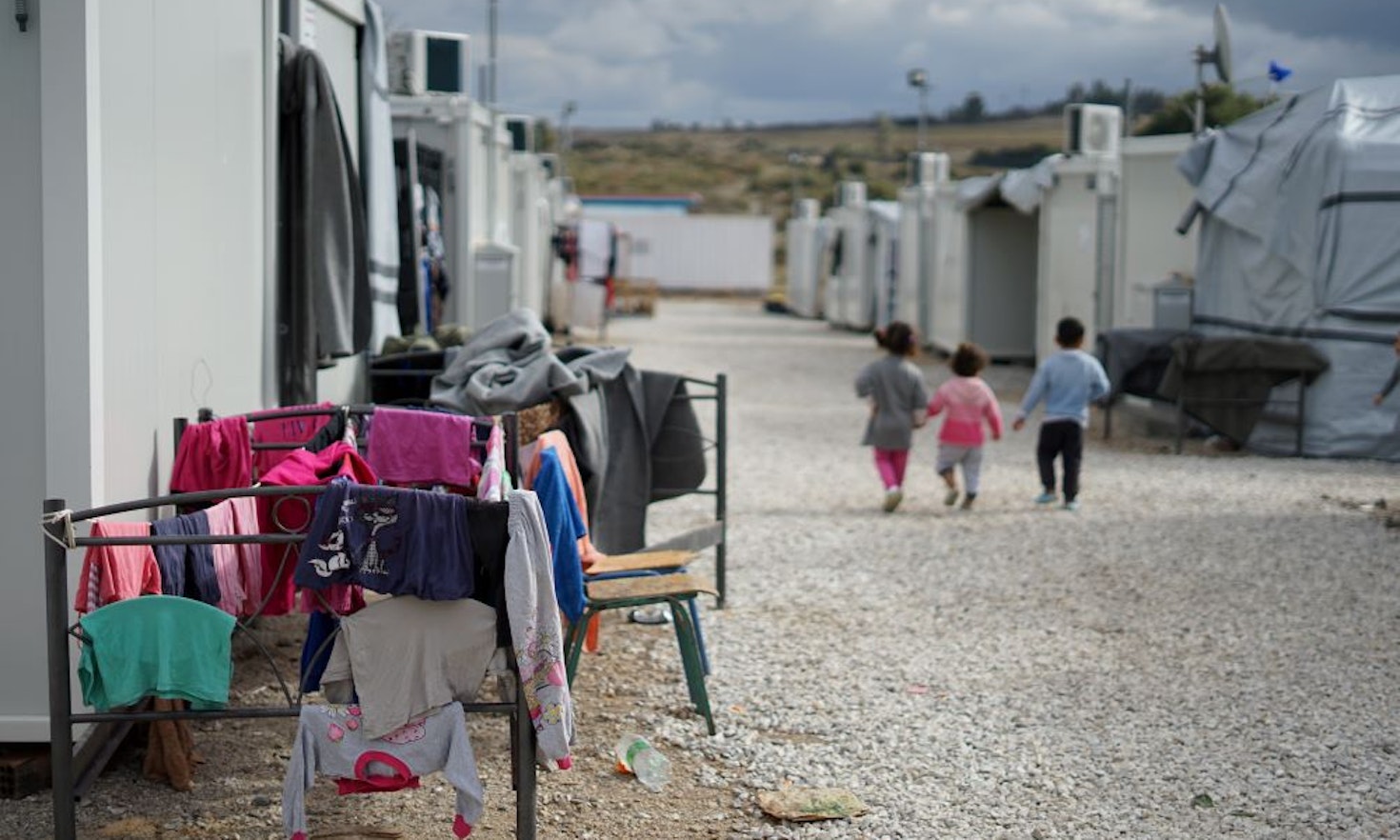
Stability "über alles" or (cautious) change?
 Jens Woelk
Jens Woelk
The European Commission recently launched a new Pact on Migration and Asylum on September 23rd. The Pact is a mixture of legislative proposals and soft law recommendations with the aim of relaunching a predictable and reliable migration management system. In its terms, it is crucial to rebuild trust between Member States as well as a joint capacity to manage migration.
The Commission has been pretty honest in admitting that the system hasn’t been working and has been stagnant and inefficient for the past 5 years, when the 2015 refugee crisis broke out and the European Agenda on Migration was presented to address both, immediate challenges and long term issues in the areas of irregular migration, borders, asylum and legal migration.
The Pact has been presented as a fresh and new start on migration policy, however to what extent the proposals are brand new, instead of being a refashioned version of the already existing tools can be called into question. The issue of promoting legal mobility from the countries of origin and transit remains a pending task. Among the extensive package we can find five different regulation proposals which vary from a Regulation on asylum and migration management, to two main regulations on common procedures for both, international protection and crisis situations or force majeure in the field of migration and asylum, a Proposal for a screening of third country nationals at the external borders and an amended proposal for EURODAC, the database for asylum seekers and their biometric information.
The Pact is not a completely new take on migration and asylum policies, but still it aims to mark a breakpoint from the previous system. Previously, after the massive influx of refugees in 2015, intentions revolved around the idea of solidarity and relocation: two elements that have become manifestly ineffective. The idea of mandatory refugee quotas per State has not been successful and has even ended with processes of infringement against some Member States. The proposed system for dealing with asylum seekers does not differ much from the Dublin system, however, it is worth highlighting some changes that do seem to advocate a European idea of solidarity, not so much in the physical distribution, but in the economic burden that refugee management places on State administration. The objective in this relaunch is to achieve an effective, constant and uniform solidarity with the border states that support a greater number of arrivals. To achieve this, the following proposals stand out among the different pieces of legislation mentioned above.
In cases of a particular national system being under pressure or risk (which is determined by the Commission, whereas in the previous system was by the Council), the other states should provide help.
Help would consist of the acceptance into their own territory of some asylum seekers (in accordance with the previous relocation scheme), the observance of operational measures or the responsibility for returning those with no right to remain to their countries of origin. The latter “return sponsorship” takes place in the territory of the beneficiary State, however if these persons have not been returned within 8 months (or 4 months in a situation of crisis), they will be transferred to the territory of the sponsoring Member State for the completion of the return procedure from there.
A pre-screening procedure for nationals of third States who fail to fulfill the conditions for entry into the EU and who request international protection during border checks, persons brought ashore in search and rescue operations at sea and for those apprehended within the territory if they have previously eluded controls at the external borders in the first place has been proposed, to be carried out near the external borders with a maximum duration period of 5 days.
The testing process, which includes identification, health and security checks, fingerprinting and registration in the Eurodac database, would enable individuals to be directed to the relevant procedure: asylum or return.
This prior identity check is not very different from the one that already exists under the Schengen visa code, however there are a few new problems that this proposal entails. For example, the Regulation proposed reaffirms the idea that even though checks are made at the borders, are not considered as having entered the country, which poses a lot of risks to arbitrary decisions. It is also remarkable that nationals from States with a recognition rate of less than 20%, have to undergo an accelerated border procedure, which also poses the risk of discrimination.
Last, the proposal also makes reference to the possibility of the future Asylum Agency and Frontex, independently conducting the pre-screening in a few years, resulting in a departure from the traditional border checks conducted by officials.
In order to achieve an effective migration policy, the EU seeks to promote the cooperation with third countries, whether they are countries of origin or transit of migrants. This cooperation has been carried out since 2015 both by Member States on a bilateral basis, and also by the European Union (remember the (in)famous deal with Turkey in 2016). Without questioning of competences, it should be pointed out that the primary objective of the Union is to improve return rates and accelerate readmission processes, and to this end, the cooperation of third countries is required. Migration objectives can be included in cooperation agreements for development, commercial agreements and other policies. This phenomenon, known as conditionality, has been expressly included in the new proposals. When the Commission considers that a third country is not cooperating sufficiently on the readmission of illegally residing third country nationals, a report to the Council should be submitted and include, where appropriate, the identification of any measures which could be taken to improve the cooperation of that third country as regards readmission, taking into account the Union’s overall relations with the third country. This clear introduction in a Regulation, supposes a formalized advance of this technique.
In conclusion, although the new strategy is not totally original, it reinforces the trends observed in recent years in a creative manner: on the one hand, the promotion of return and readmission based on cooperation with third countries, which can be promoted by virtue of other policies, such as development policy and on the other hand, the even more fierce and external control of borders based on data collection with the support of independent agencies and intended extraterritorial and pre-border controls. How future measures will affect the protection due to displaced individuals who reach Europe, or how policies will in the end promote legal migration, are still unanswered questions.

This content is licensed under a Creative Commons Attribution 4.0 International license except for third-party materials or where otherwise noted.